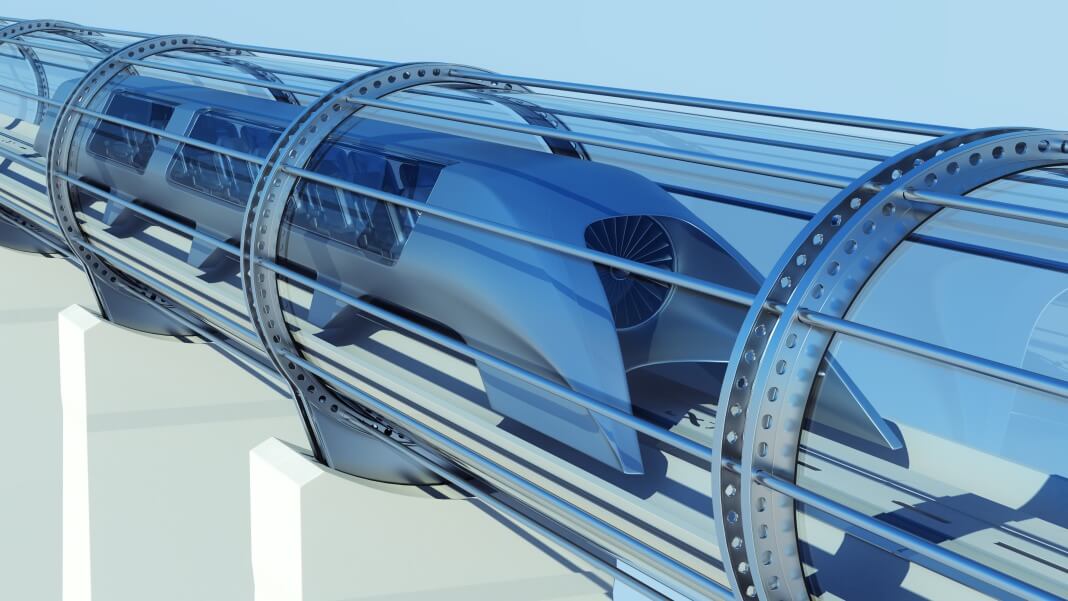
The vision of the future of mobility often includes flying cars and high-speed hyperloops. However, the reality of what 2050 might look like may be less dramatic. This article explores the challenges and possibilities of transportation in the coming decades.
The Longevity of Vehicles
One significant obstacle to a rapid transformation in transportation is the long lifespan of vehicles. Private owners tend to keep their cars running for many years, and even with the rise of electric vehicles (EVs), traditional petrol cars may still be on the road well beyond the EU’s 2035 deadline for sales.
The Role of Government and EV Adoption
Government incentives and subsidies for EVs have grown substantially, but the high upfront cost of electric vehicles remains a barrier to widespread adoption. In some regions, the total ownership cost of EVs is still higher than their petrol counterparts, and the cost of charging can fluctuate, affecting consumer decisions.
Challenges of Battery Costs and Materials
Battery packs are a major contributor to the high cost of EVs, and while prices have been decreasing, they may stabilize above a critical threshold without significant advances in battery technology. The raw materials used in batteries also impact their affordability.
Global Disparities in EV Adoption
The adoption of EVs is expected to vary between developed and emerging markets. Developed markets may see an 80% share of EVs in new car sales, while emerging markets may lag behind, even by 2040.
Autonomous Vehicles: A Slow Progress
The development of self-driving cars has been slower than anticipated. Predicting the success of autonomous vehicles often relies on metrics like “miles per disengagement,” which measures how often human intervention is required. Achieving widespread adoption may take until around 2035.
The Evolution of Vehicle Design
The shift to electric powertrains simplifies vehicle design, making it more modular. Car manufacturers can deploy different bodies, battery packs, and computer hardware on a single frame. Software updates also play a role in selling aftermarket services.
Impact on Car Ownership and Environmental Concerns
The assumption that younger generations will give up car ownership may not hold true, especially in less mature car markets where “car pride” remains strong. This could lead to increased congestion and environmental costs, even with electric vehicles.
The Future of Shipping
Shipping is set to undergo significant changes, with companies exploring alternative fuels like ammonia. Liquefying hydrogen for transportation is challenging, and ammonia is seen as a more feasible option for replacing fossil fuels in the shipping industry.
Last-Mile Delivery and Urban Logistics
Online shopping has led to a surge in last-mile deliveries, contributing to the growth of light delivery vehicles (LDVs) in cities. Cities are exploring solutions like rickshaws and robots to reduce LDV reliance. Smaller satellite hubs and delivery aggregation may also help optimize last-mile logistics.
Vehicle-to-Everything (V2X) Communications
V2X communication allows vehicles to exchange data with each other and infrastructure. This technology can enhance traffic management, prioritize emergency vehicles, and improve overall road efficiency. However, cost remains a challenge in implementing V2X systems.
In conclusion, the future of mobility in 2050 will be shaped by various factors, including government policies, technology advancements, and consumer preferences. While flying cars and hyperloops capture our imagination, the reality may involve gradual changes in vehicle design, propulsion methods, and urban logistics. Balancing environmental concerns and convenience will be crucial as we navigate the path to a new era of transportation.